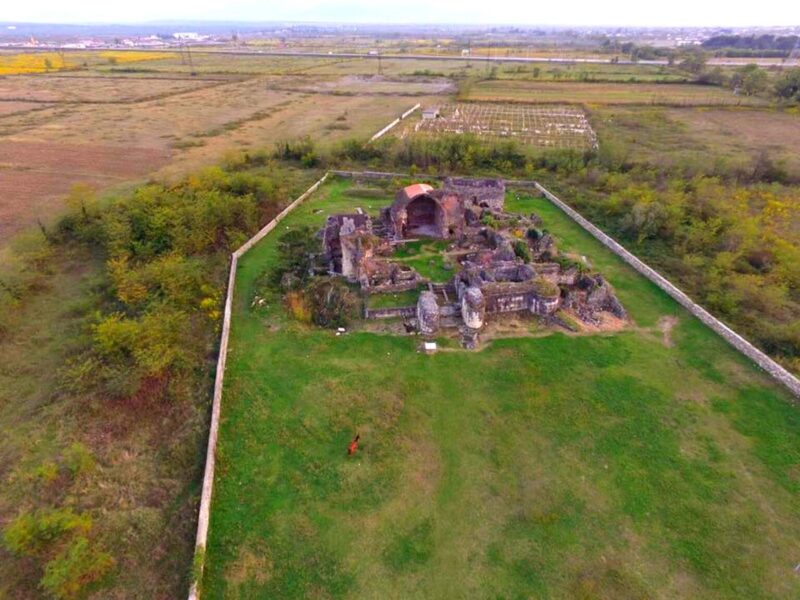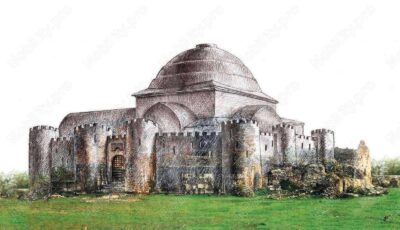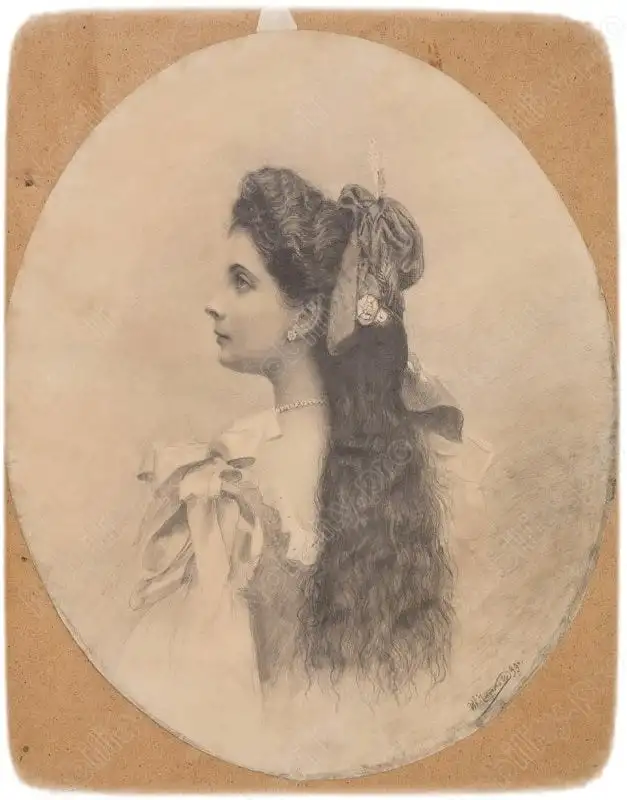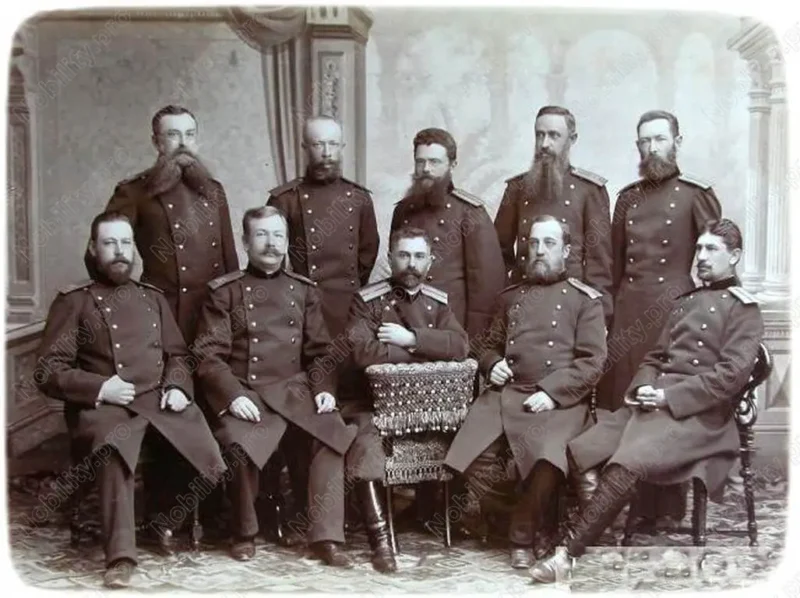Geguti Palace – Located 12 km (7.4 miles) south of Kutaisi in the plains of the Rioni River valley, the ruins of the palace at Geguti are one of the most important historical examples о Georgian secular architecture extant. (Take Nikea Street out of Kutaisi.) This site is archaeologically fascinating.
The first building on the site of Geguti was a hunting lodge with a large fireplace built in the eighth century. At that time the plains were covered in oak. And Geguti was the summer residence of the Georgian kings. It is said to have been the favorite residence of David the Builder (1089-1125), Demetre I (1125 – 1156), Giorgi III (1156-1184), and Queen Tamara (1184-1213). The additions to the original hunting lodge – the great central domed hall and wings – are from the tenth century. Side rooms serving as storage areas and private chambers were added in the 12th and 13th centuries under the initial impetus of Giorgi III.
Covering an area of 2,000 sq. meters (2,400 sq. yards), the palace stands atop a plinth 2.5 meters (8.2 feet) high. Running throughout the plinth was a healing system. The walls are of brick faced with dressed stone. The basic rectangular outline of the structure is relieved by rounded towers that project from the corners and the middle of each side. The official entrance to the palace is from the north. A staircase ran between two projecting walls into the central domed hall.
The vestibule leading into the hall led past a bathhouse to the right and domestic quarters to the left. These rooms form the northern arm of the basic cruciform structure formed around the central cupola hall. The southern arm is almost twice as deep as the northern, western, and eastern ones. It contained the bedchamber of the king on the right and his treasury on the left. Beyond the walls in the south is an aisleless church that probably dates to the 12th or 13th century.
The central cupola was 14 meters (46 feet) in diameter. Only the southern vaulted portion remains. The weight of this dome was supported by enormous squinches; only the southern ones remain. The western rooms were added during the 12th and 13th centuries and were originally two stories high. The second floor was reached by an enclosed stone staircase.
The eastern portion of the structure houses the original hunting lodge with massive fireplace. On two floors, it was probably built by King Archil when he lived in Kutaisi. He was obviously not overly concerned with his cholesterol level, for the huge fireplace was there to roast the game that he killed during the hunt. You can almost smell the stag turning on the spit. The palace was destroyed by the Turks in the 17th century. It was not made accessible to the public until the initial excavations of 1937 and the additional work done in 1953-1956.
Given the cruciform ground plan, the parallels with ecclesiastical architecture of the period are easily drawn. Because so few secular buildings of this scale remain, Geguti is of major architectural significance. But it has also given us insight into the lives of the Georgian kings. As a result of archaeological and preservation work carried out in the 1950s, we know that the walls of Geguti, like royal palaces elsewhere, were covered with frescoes and the windows had panes of glass. Medieval sources refer to the battle scenes depicted in these frescoes, as well as the lavish furnishings: tapestries, oil lamps, and furniture fitted with gold and silver.
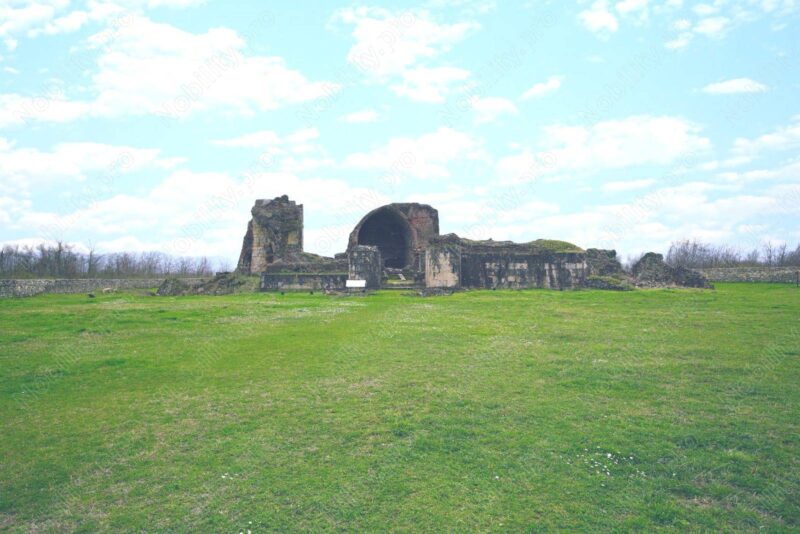
Geguti palace complex, VII-IXcc. XIIс. XIII – XIV cc.
In historical sources Gegutl was first mentioned in regard to the events of the VIII c. (Juansher, “Life of Vakhtang Gorgasali”) – “I will go and settle in the castle of Geguti and Kutasi” states the ruler of Kartli Archili.
Geguti castle is one of the residences of Georgian kings – “winter residence of kings” and castle for hunting and leisure.
Geguti was often visited by the kings: David Agmashenebeli (David the Builder) (1089-1125), Giorgi III (1156-1184); king Tamar (1184-1213).
After disintegration of the United Kingdom, till XVIIIc Geguti was one of the residences of the kings of Imereti (West Georgia).
On the map of Imereti Kingdom, compiled by Timothe Gabashvili in 1737, Geguti castle is represented in its full integrity and scale. the palace existed till XIX c.
And in 30s of the XIX c., when the castle was visited by Dubois de Monpereaux, the palace was already turned into ruins.
“I saw the mass of arches and runs, magnificence of which astonished me, i have never seen anything like that anywhere” – the researcher wrote.
Geguti complex, as distinguished example of Georgian common architecture, has no analogue, by its architectural solution, among the preserved structures in Georgia.
